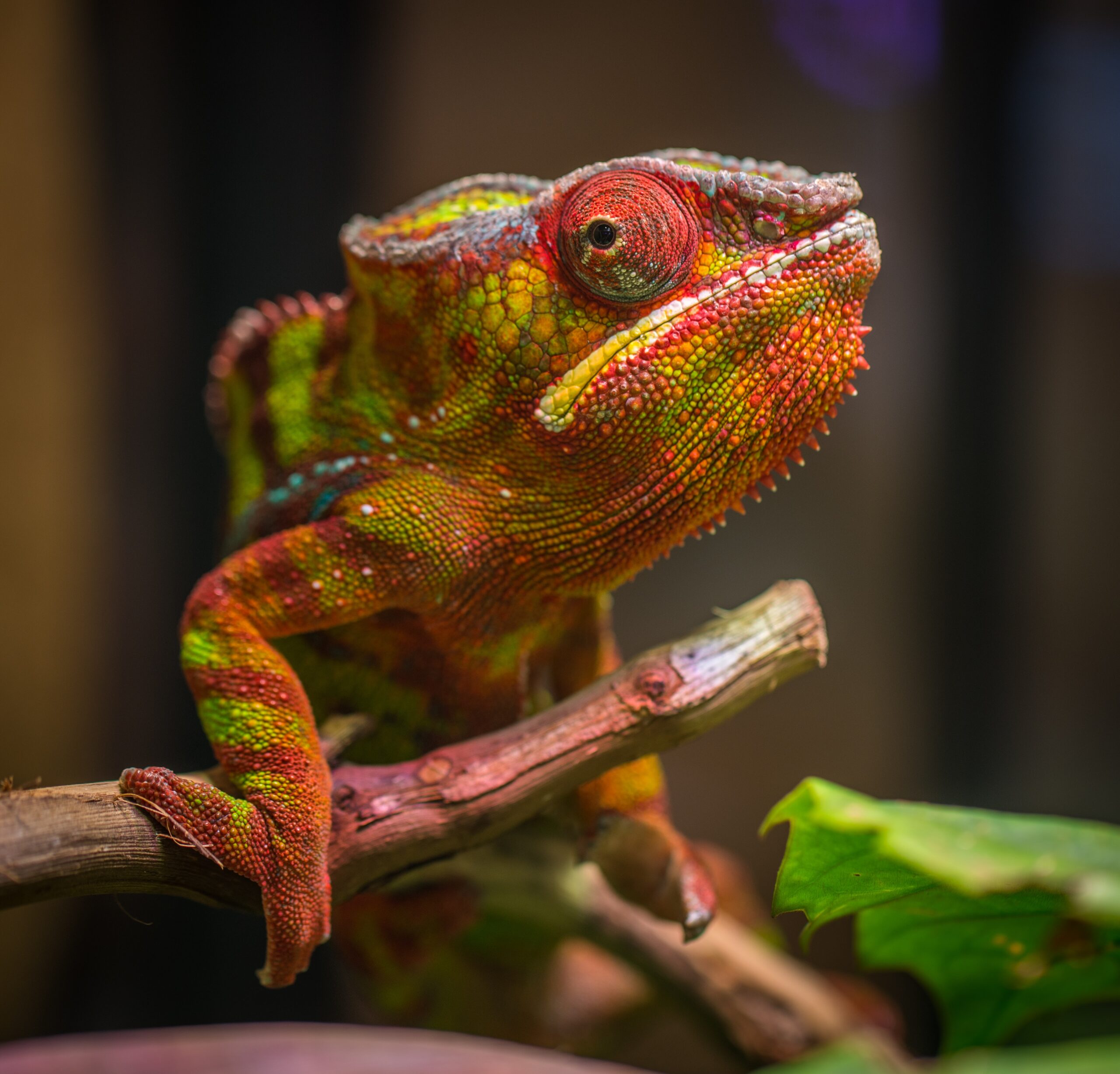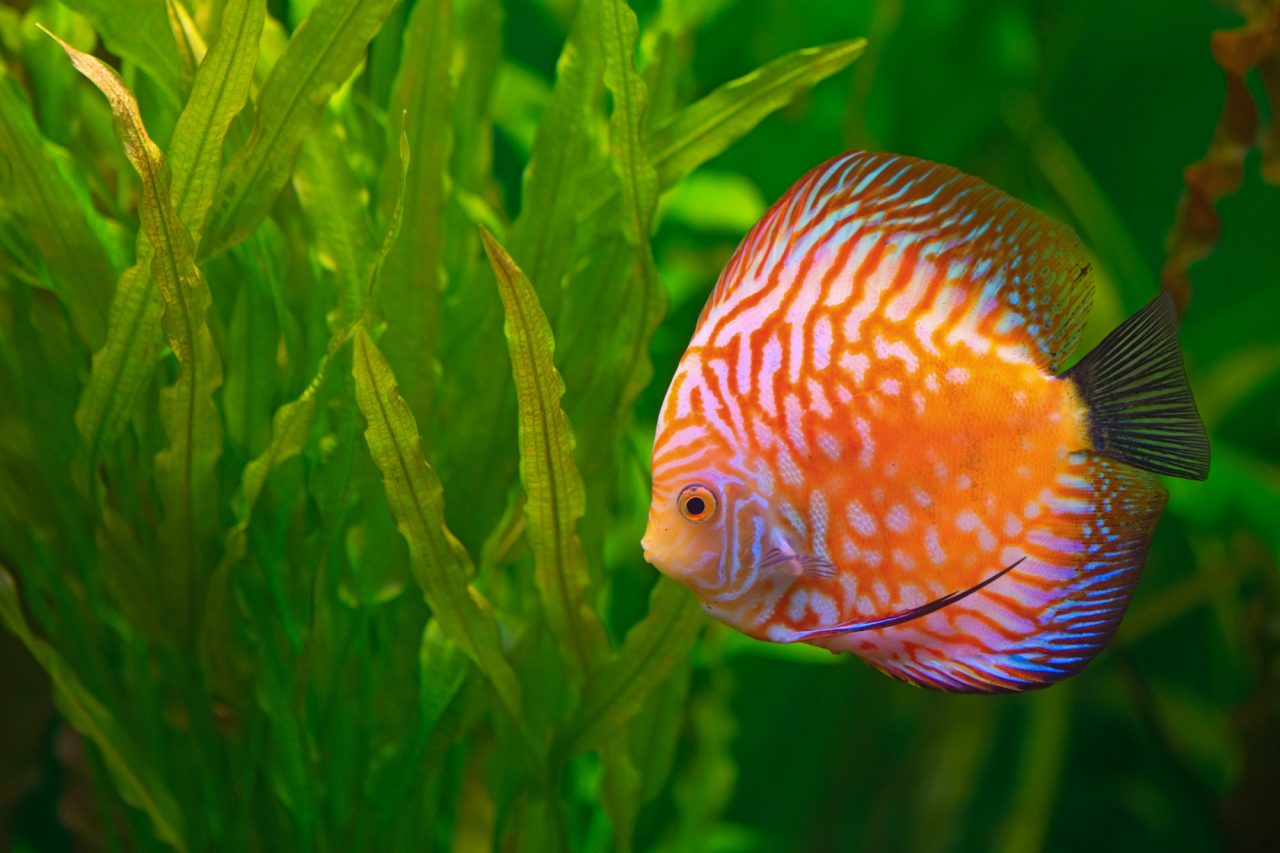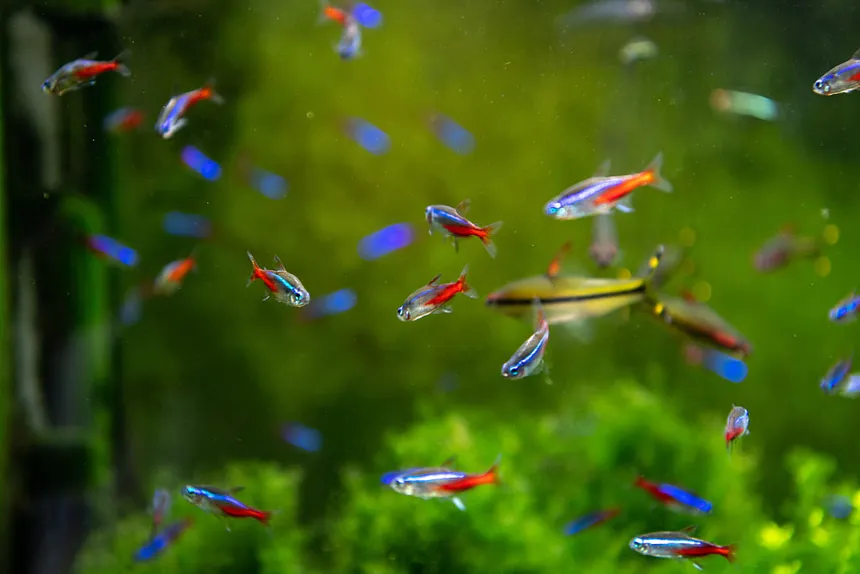Most reef keepers have, at one time or another, experienced problems controlling nuisance algae in their reef tanks. Much time, effort, and money has been spent on ways to prevent algae from taking over reef systems, and, if it does become established, on eliminating it. This article will deal with some of the causes as well as some of the methods for dealing with nuisance algae. Algae only require two things to grow, nutrients and light. Since we need all the light we can get on our reef tanks, we should concentrate on keeping nutrient levels low.
Phosphorous is known to be a major cause of algae blooms in reef tanks. This is why hobbyists are directed to keep concentrations below one milligram per liter (mg/L). While this is certainly good advice, it may not always solve the problem. There are several reasons for this. One may be that phosphorous isn’t the only nutrient used by algae. Other nutrients such as nitrogen may play an important roll, so overall management of the nutrient load in the system is important. You can achieve a low nutrient load in several ways. First, don’t overstock the tank with fish. Ideally, the tank should be “in balance,” that is, it should produce enough food on its own to support the number of fish being kept. At this stocking rate, sufficient denitrification should naturally occur to keep the nutrient level low. In reality few of us actually do this. Most of us like to keep a few more fish in our tanks than we should. This tends to throw things out of balance. The system can’t produce enough food, so we have to feed. It can’t handle the elevated waste load so we must use other methods to help in the export of nutrients. The use of phosphate free activated carbon, regular partial water changes using RO/DI water, instead of tap water, and a good protein skimmer for the removal of dissolved organic compounds, will help. There are also other factors that have less to do with the nutrient load in the system.
The problem of algae taking over reefs is not limited to our home aquariums. There are coral reefs worldwide that are being overgrown with algae. Several studies on these reefs indicate that rather than high nutrient levels, it is the lack of algae consuming fish and invertebrates that allowed the reefs to become overgrown with algae. The same thing applies to our closed systems. We will always have algae growing, even with very low nutrient levels. The use of herbivorous invertebrates and fish, such as blue and scarlet legged hermit crabs, snails, and various members of the surgeon fish family, are a great help in keeping the growth in check.
In short, there is no one solution to algae control You should practice good nutrient management as well as introducing herbivorous inhabitants to keep nuisance algae to a minimum





